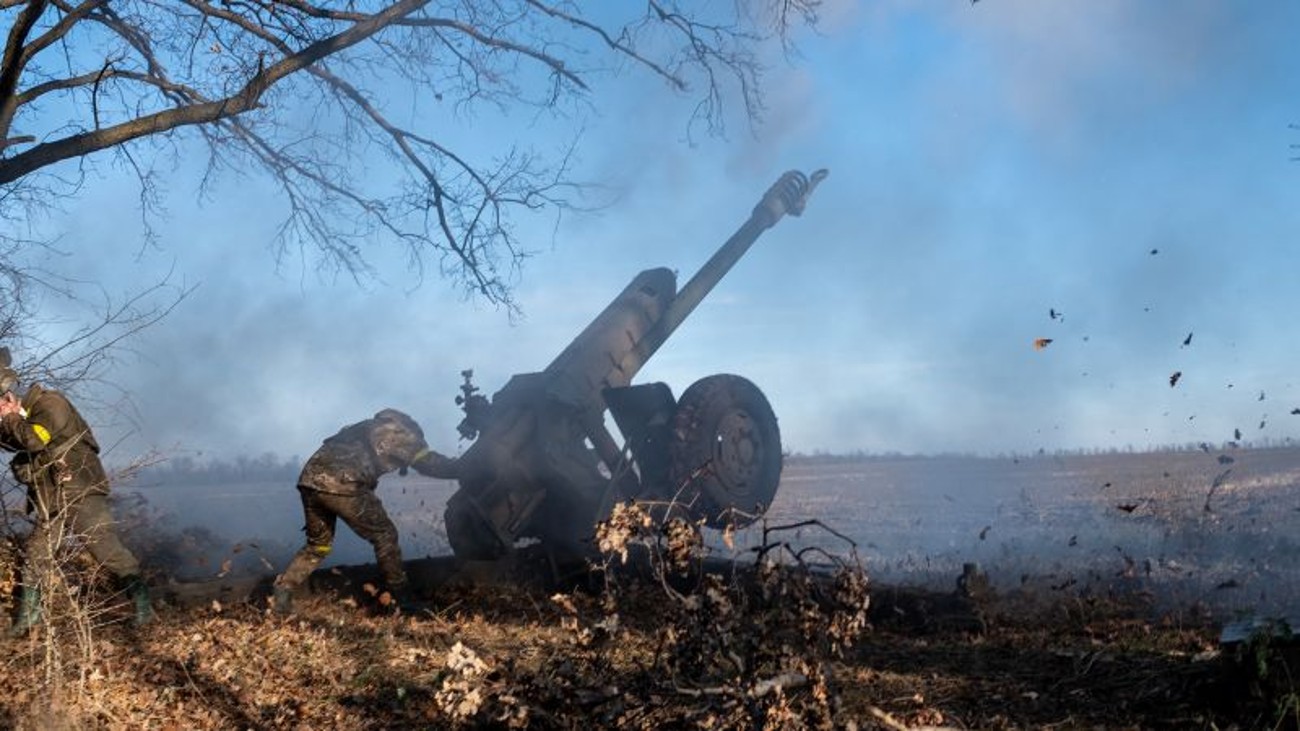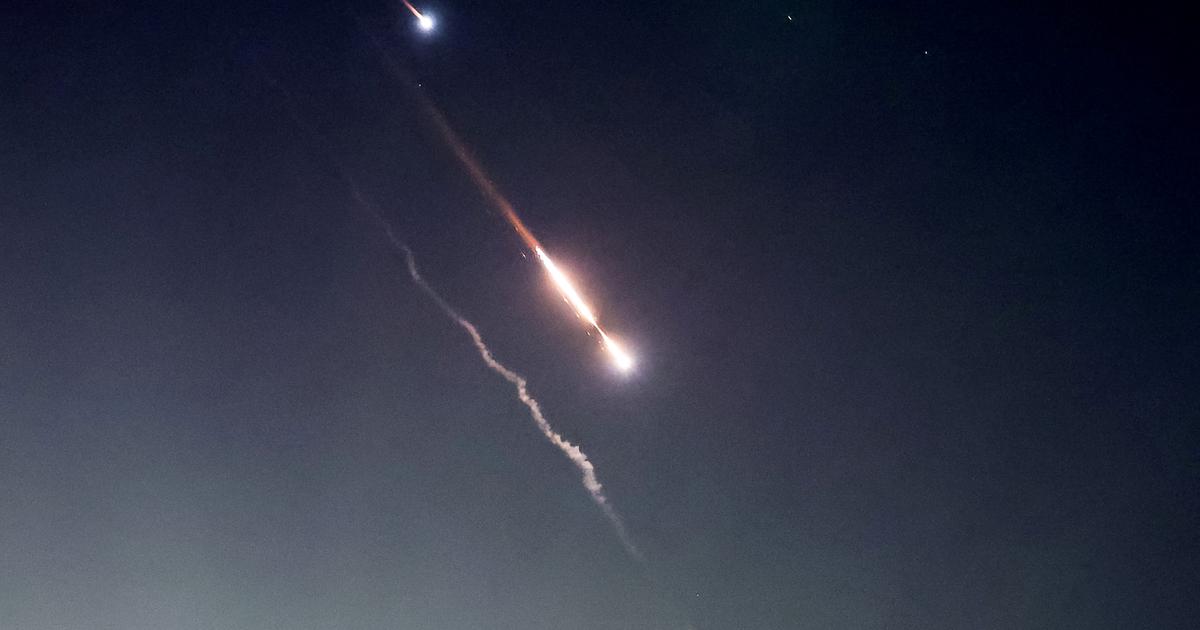What strategy could Ukraine use when winter comes?
3:45
Bakhmut, Ukraine (CNN) --
In a basement in eastern Ukraine, young men sit at a long table stacked with laptops, their eyes glued to a television screen an arm's length away.
They watch black figures on top of a bleak winter hill, appear to panic, then run across the frame.
This is live video from a small Ukrainian drone several kilometers away, an observer for artillery teams trying to kill Russian soldiers in their trenches.
Plumes of smoke rise from the near-missing Ukrainian salutes.
Along the eastern front lines, in basement command centers hidden behind unmarked metal doors, knowledgeable Ukrainian soldiers direct artillery fire in a desperate attempt to halt the Russian advance.
Last minute and news of the Russian war in Ukraine from November 30
It is a real testing ground for the innovative warfare of the 21st century.
The men use cheap, commercially available drones and consumer chat programs to identify and communicate the targets of weapons that, in many cases, are several decades old.
advertising
Their fiercest fight takes place in the city of Bakhmut, besieged for months by Russian forces.
The ferocity of that battle is evident from the first moments of approaching the city, where black smoke billows from the apartment blocks.
As a CNN crew approached on the busy main road, a Russian artillery shell hit a building a few dozen meters away.
Moments later, another shell hit the building again, prompting our military escort to urge the team to leave.
Much of this war is being fought avoiding the relentless threat of Russian artillery.
Ukrainian soldiers watch real-time data from a drone as they direct artillery strikes at Russian positions.
The Kremlin has concentrated a large number of forces in this assault on Bakhmut and the Ukrainian troops are having a hard time, says Petro, the National Guard commander who leads this unit.
"It feels like a constant, non-stop assault," he says.
"The only window to rest is when they run out of people and wait for reinforcements."
Like other Ukrainian soldiers, Petro only uses his first name, to protect his identity.
It describes a battle into which Russia has sent wave after wave of forces, who seem to care little if they are mowed down.
"Their tactic is to send these poor people forward, whom we have to eliminate," explains Petro.
"They can't take Bakhmut with a direct attack, so they surrounded it. We had to move from the urban areas to the fields, where we are very exposed to artillery."
Petro's description echoes that of Serhiy Hayday, the Ukrainian chief of the neighboring Luhansk region, who said last month that near Bakhmut, Russians "are dying en masse; those mobilized are simply moving forward to identify our positions." .
Some Russian soldiers have described heavy casualties, although the Russian Defense Ministry said earlier this month that losses "did not exceed 1% of combat personnel and 7% of wounded".
Ukrainian forces fire an artillery piece at Russian front line positions near Bakhmut in eastern Ukraine.
Every corner of the underground command center is occupied: by blackboards tallying casualties, cots for sleeping, crates of drones waiting to be configured.
"The roads are muddy," says Petro.
"We cannot evacuate the wounded quickly enough, nor can we deliver the ammunition."
Ukraine's commanders also complain about a lack of communication between units, and that they lack enough lower-level officers to keep soldiers motivated and fighting after months of grueling warfare.
Beyond the front, in a tree line bordering farmland, is the Ukrainian artillery unit on the other side of the cellar phones.
Tuman, the battery commander, receives the coordinates on a mobile phone in one hand, and writes them down in a notebook in the other.
He shouts them out and a soldier returns them before looking through a scope to aim the Soviet-era artillery piece now loaded with Polish-made shells.
At the pull of a string, autumn leaves shake from the almost frozen ground and an artillery shell whistles towards the horizon.
Ukrainian explains how he killed Russian soldiers in Kherson 3:30
"Our staff tries to supply as many cartridges as possible," Tuman says in the relative safety of a nearby trench.
"But we understand that we have little caliber. But you have what you have."
He claims that Russian artillery accuracy has deteriorated over the course of the year, as Ukrainian forces damaged their enemy's ability to conduct aerial reconnaissance.
"Their accuracy went down," he says.
"But his rounds are flying over us all the time."
In another basement command center, further south in the Donetsk region, another group of soldiers stares at their own set of screens.
Their commander, Pavlo, tells us that they have dozens of daily casualties.
"Vehicles and ammo are upgradeable," he says.
"We try not to count them, and we use as many as we need to stop the enemy's advance. The only thing we can't take back is human lives."
He is optimistic about that cost.
"There is no war without casualties," he says.
"If we resist, and we don't want to let the Russians capture our territory, we have to fight. If we fight, we will have casualties. These casualties are justified and inevitable."
war in ukraine










